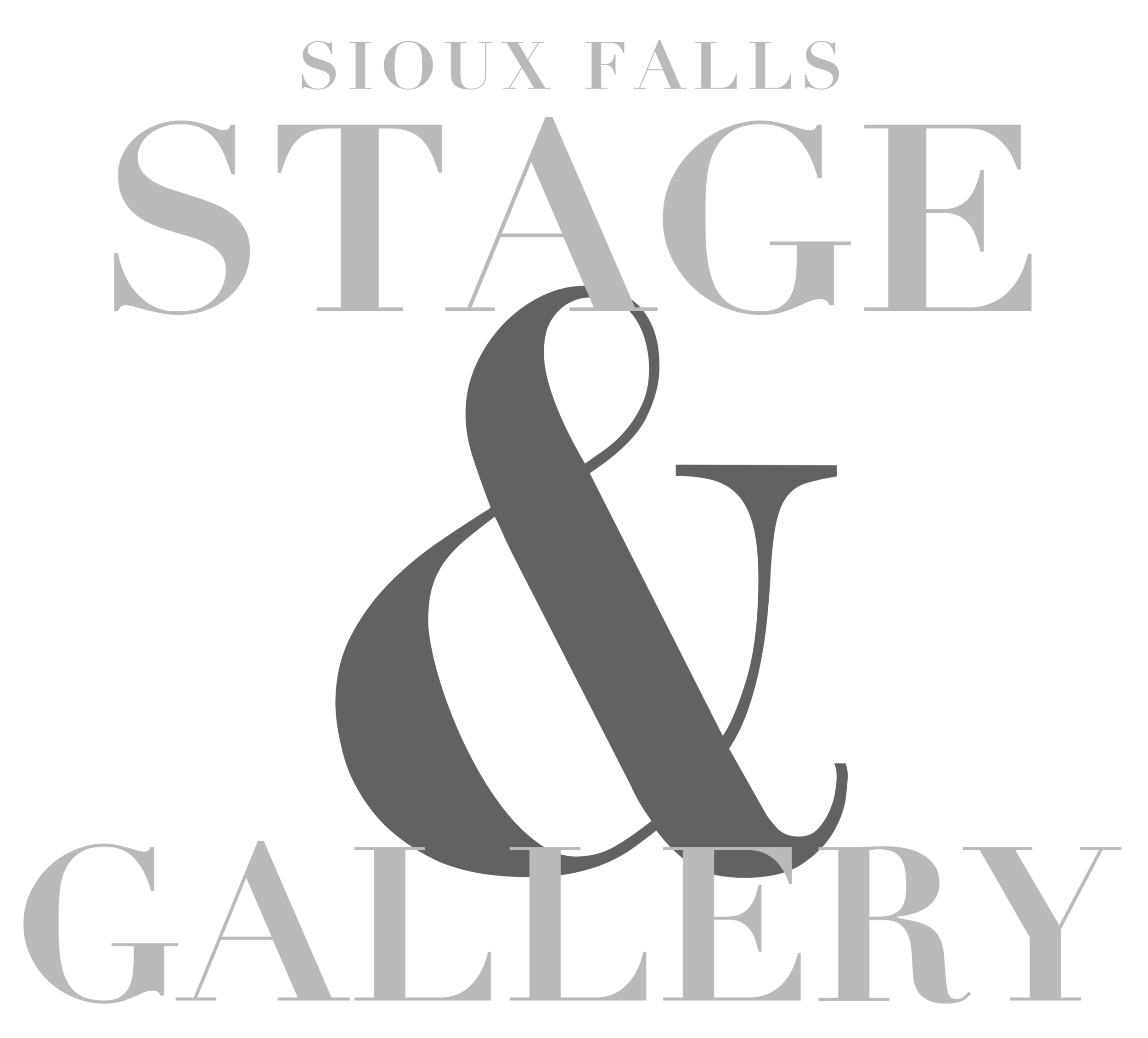Rising to the Challenge
Creating can be a complex beast. And as local Sioux Falls artist Mary Payton has discovered thru her practice over the years, the layers of working on a painting incrementally often mimic the experience of striking a perfect balance between producing work that is meaningful to both the artist and the appreciator. We spent some time with Payton in her home studio to get to the heart of what motivates her, and how she arrived at the style she’s become well-known for.
What was your impetus for exploring art as a means of expression?
I’ve always been an artist. I just remember the thrill of making, probably, a little drawing of trees as a very young person and thinking how successful that was and how that made me feel. I got a lot of attention in high school for having really a science brain. Unfortunately, expectations are interesting these days. And back then, too, when you’re good at two things, people really want you to do the one that’s going to make a ton of money.
I think that it’s like a safety net, and I’d always thought I was going to be a doctor. I started out in college in science, and, when it was time to take a humanities course, I took art theory. Seeing it at that level, instead of a high school photography class, released my mind. I just knew that’s what I had to do. So I picked up an art education degree. I got really passionate about teaching and taught art out of my home. I don’t love anything more than sharing art and processes. I am passionate about making sure that people who want to play with art and try art, do it—it can save your life.
Photo Credit: Dan Thorson
When would you say your practice truly shifted gears?
I went through a divorce that made me have to really think hard about whether art could sustain me, and I wasn’t at a place where I had marketed myself enough to earn a living and feel comfortable with two young children that I could support them. I really kind of gave it up for a little while.
At that time I was working with glass, which was really expensive and really time-consuming. I was selling pieces, but it becomes hard to justify spending thousands of dollars on materials when you’ve got kids to feed and you don’t know that you’re going to sell that piece. It just became a life choice. I had to do it. I had to kind of give it up.
Time went by and I got sick. My eyes got screwed up, and it was the only thing I could think of to do, to deal with the pressure, was to start painting again. And that was six years ago. It’s become an identity for me again. I felt like glass was my identity before I stopped, and then I had to let it go.
It’s not a really forgiving medium. So that went away. And when I started painting again, I finally felt like I had found something that I loved again. Just working through the trauma of losing vision and illness and what that meant for my life, being a chronic migraine sufferer.
What phase of your creative career are you proudest of?
I feel like I’m entering that phase now. I feel like I’ve been putting in the work and I’m starting to see success. People are starting to see it and really love it and search me out, and that really feels successful. I think this is a phase where I’m feeling really happy about it and am trying really hard to be true to myself. To get done what I want to get done and get across what I want to get across. It’s an interesting balance, right? To make real art, you have to please yourself, but you also have to be able to have other people want it.
Photo Credit: Dan Thorson
What most compels you to participate in arts education?
I honestly believe that art can save you. There is something about putting something on canvas or a piece of paper. Something happens to you. Teaching somebody how to make art that they’re really happy with is just a total dream for me, because I feel like it gives them that connection that they probably need. I have taught a lot of young people and have had kids sort of find their way—kids that didn’t fit in with any particular group.
How have life changes impacted your approach?
I’ve gone through ebbs and flows due to what’s happening in my life as far as kids and spouses and how much time I have for other people and how much time I have for art. But my work has always been motivated by the same thing and that’s that a need to solve the problem. I love to give myself a challenge and find the answer.
What emotional hooks drive how you create?
I think it’s mostly internal. We try very hard to put on here (the canvas), what it feels like in there (ourselves). I spend so much time wishing I could show people what it’s like. I think that is my No. 1 motivator. I think if you look at my work over the long haul, it’s more like a gradual progression of things. Because I’m not a realism painter or a portrait painter, all of my pieces are totally influenced by what’s happening in my life. I would say everything I’ve done since the time I started painting again, six years ago, is a hundred percent influenced by having a chronic illness and losing my vision.



